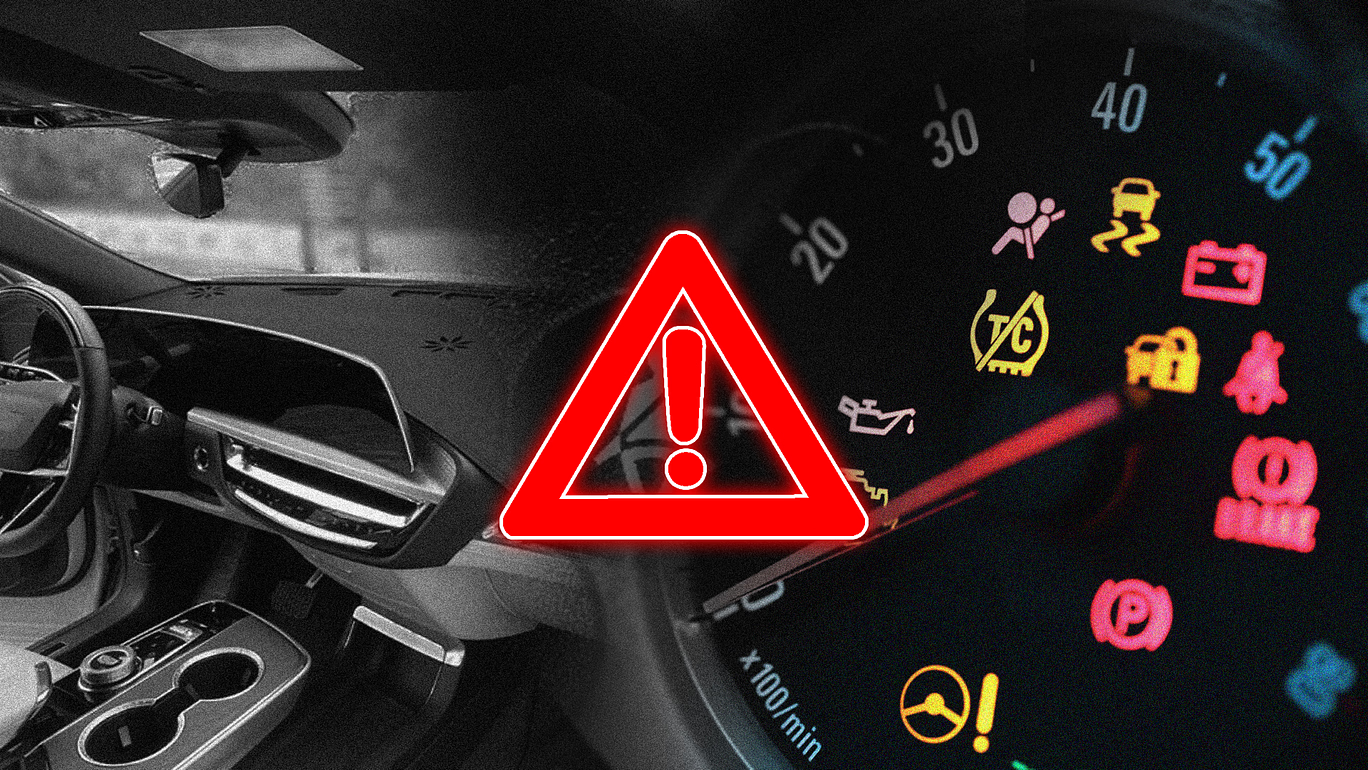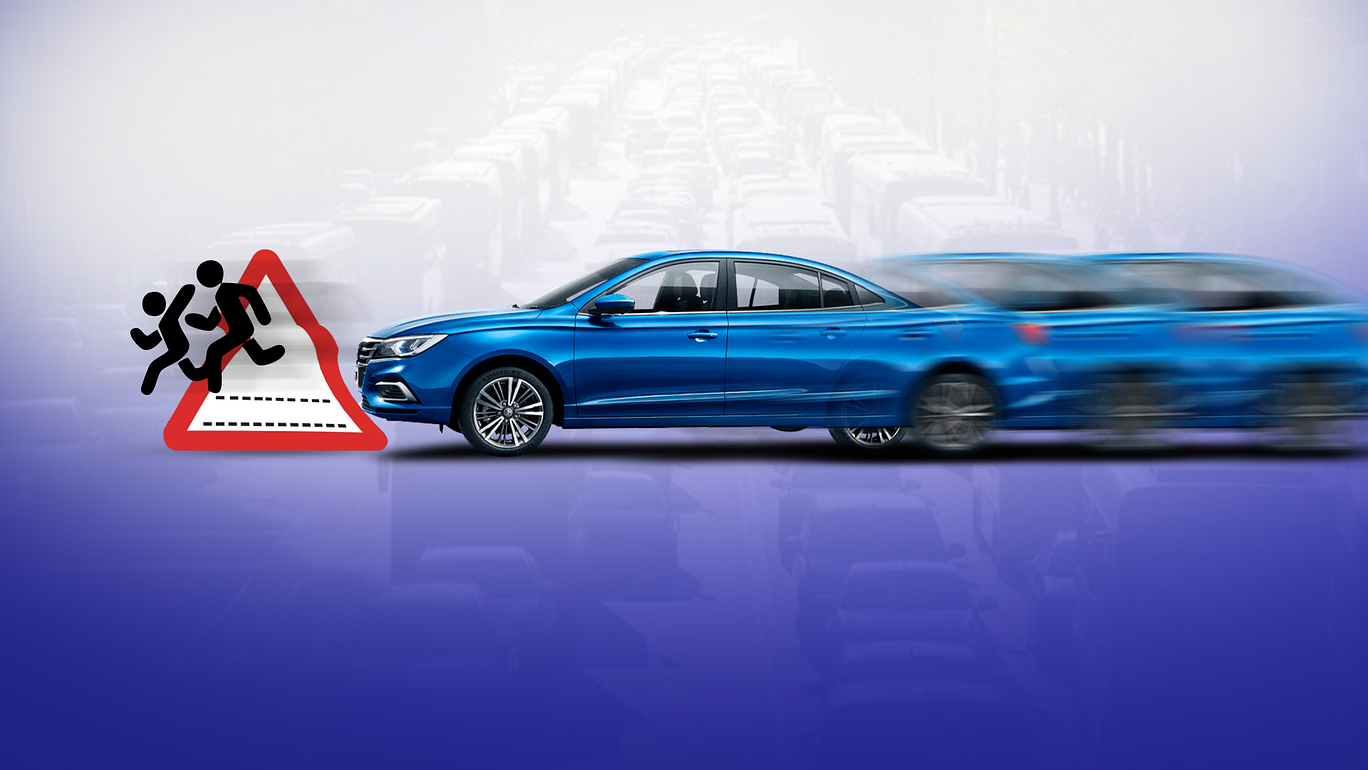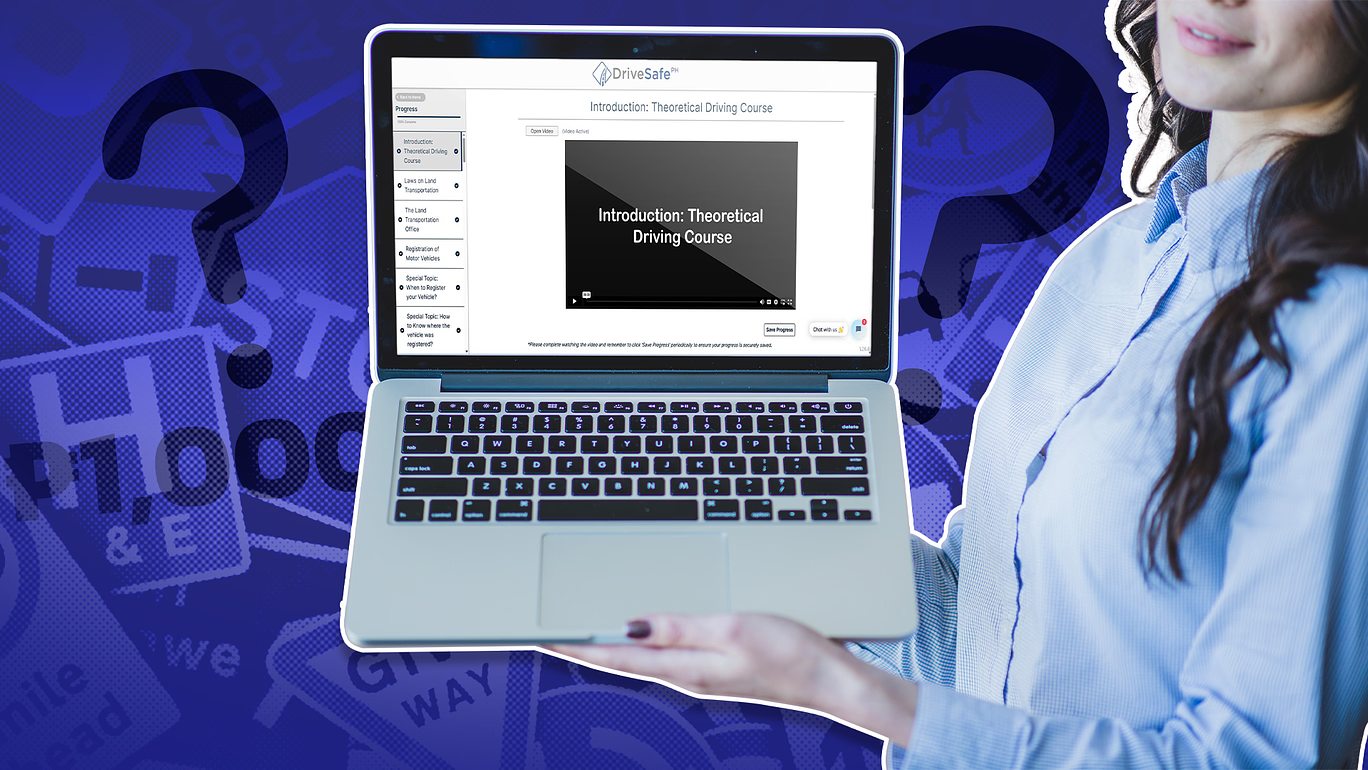Your car’s dashboard displays various warning lights designed to alert you when something needs attention. Ignoring them can lead to bigger problems, so it’s best to know what each symbol means and what steps to take when they light up.
Here’s a list of common ones and what to do when they appear.
1. Check Engine Light
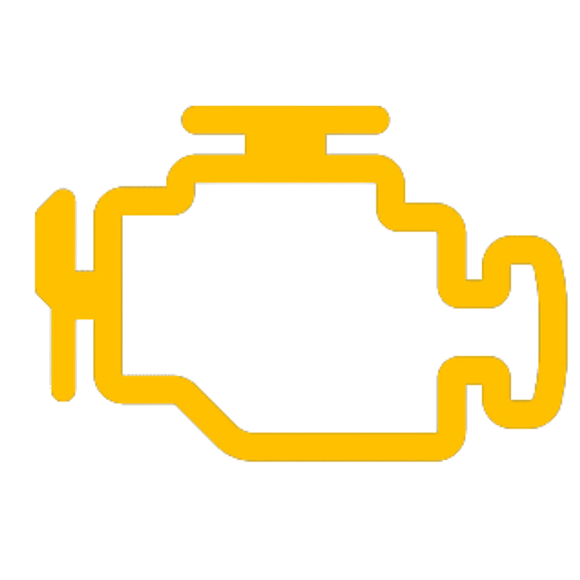
What It Means: This could be triggered by various engine or emissions-related issues, from a loose gas cap to a failing sensor or a serious mechanical failure.
What to Do: First, check if the gas cap is properly tightened. If the light stays on, have a mechanic run a diagnostic scan. If the light is flashing, pull over immediately and seek assistance. This could indicate severe engine damage.
2. Oil Pressure Warning Light

What It Means: Your car may have low oil pressure, which can lead to engine damage if left unchecked.
What to Do: Pull over as soon as it’s safe and check the oil level using the dipstick. If it’s low, add oil as specified in your car’s manual. If the light stays on after topping up, avoid driving and call for professional help.
3. Battery Warning Light
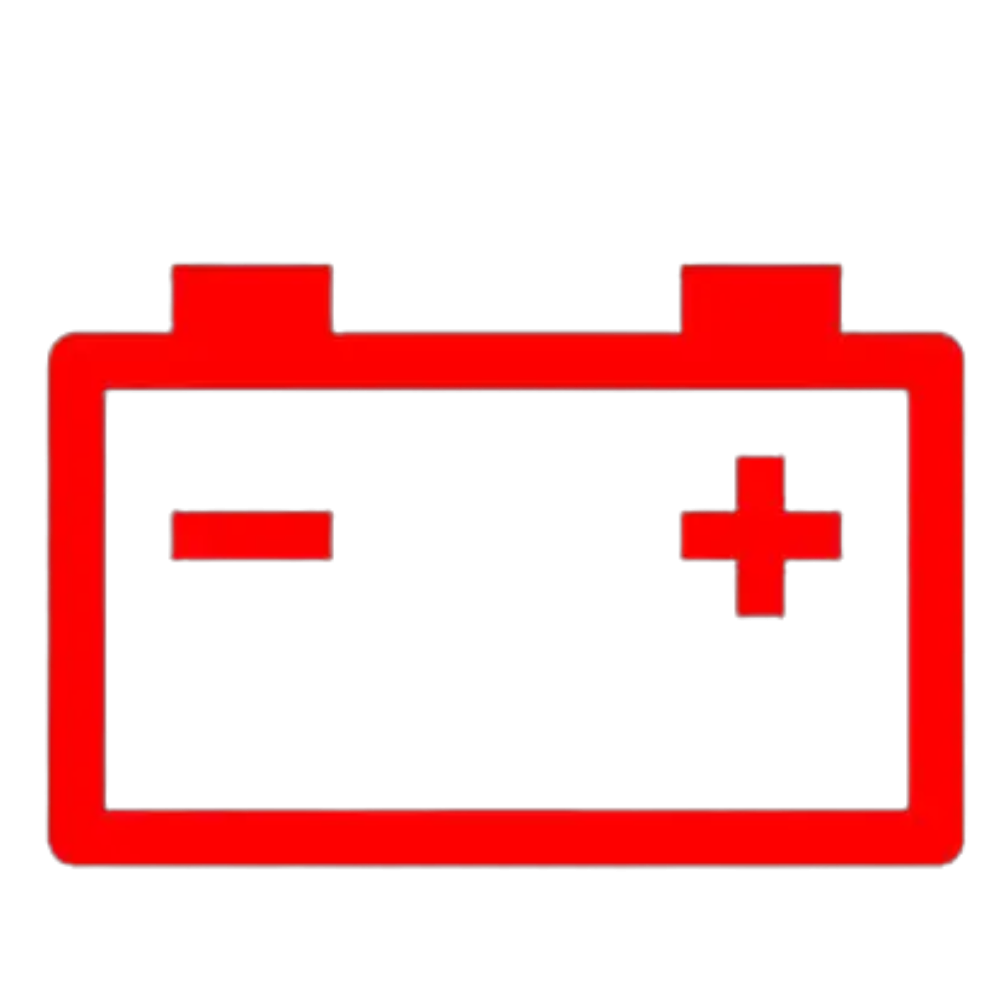
What It Means: There might be a problem with the charging system, which could be due to a failing alternator, a weak battery, or loose wiring.
What to Do: If the car still runs, try to reach a mechanic before the battery dies completely. If the engine struggles to start or the headlights dim, you might need a jump-start or a battery replacement.
4. Brake System Warning Light
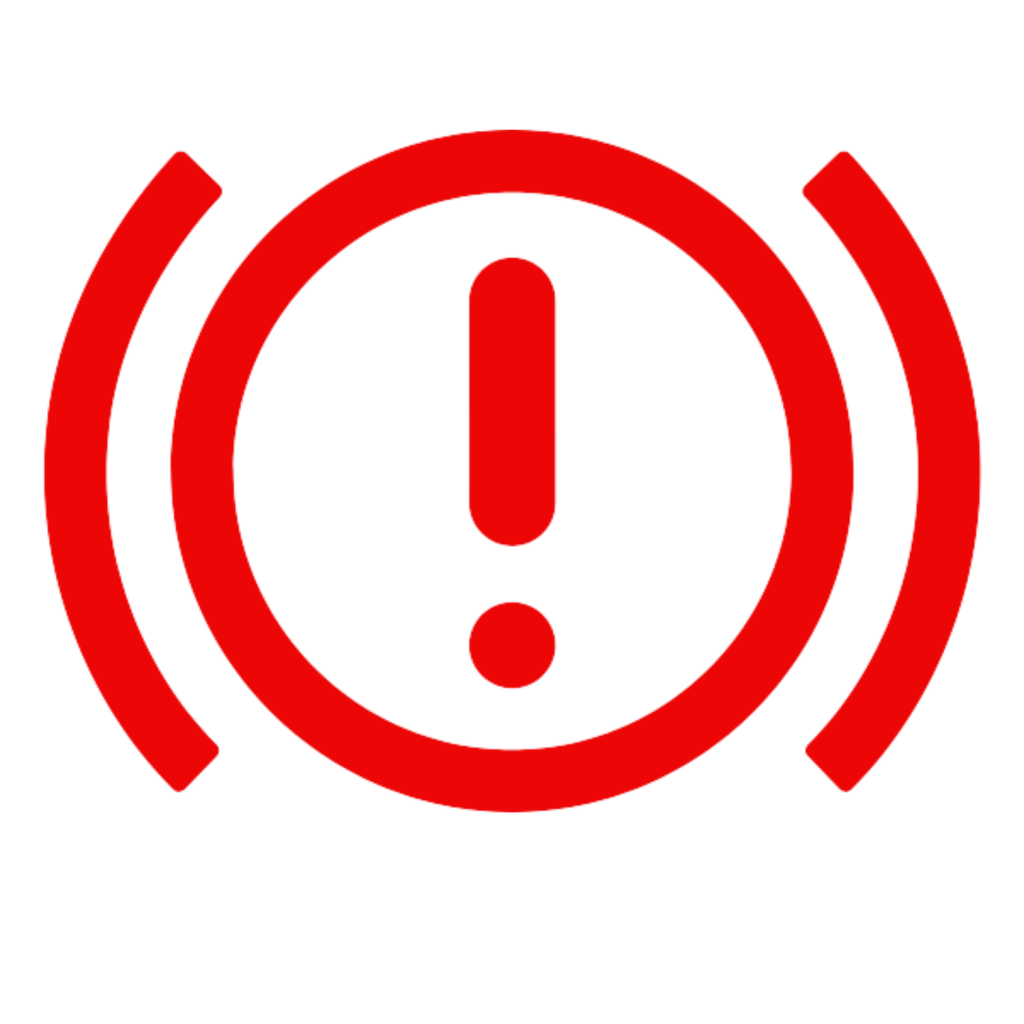
What It Means: This could mean the parking brake is engaged, the brake fluid level is low, or there’s a problem with the braking system.
What to Do: Make sure the parking brake is fully released. If the light remains on, check the brake fluid reservoir. If it’s low, top it up with the recommended brake fluid. If the light still doesn’t turn off, get the brakes inspected immediately.
5. Temperature Warning Light
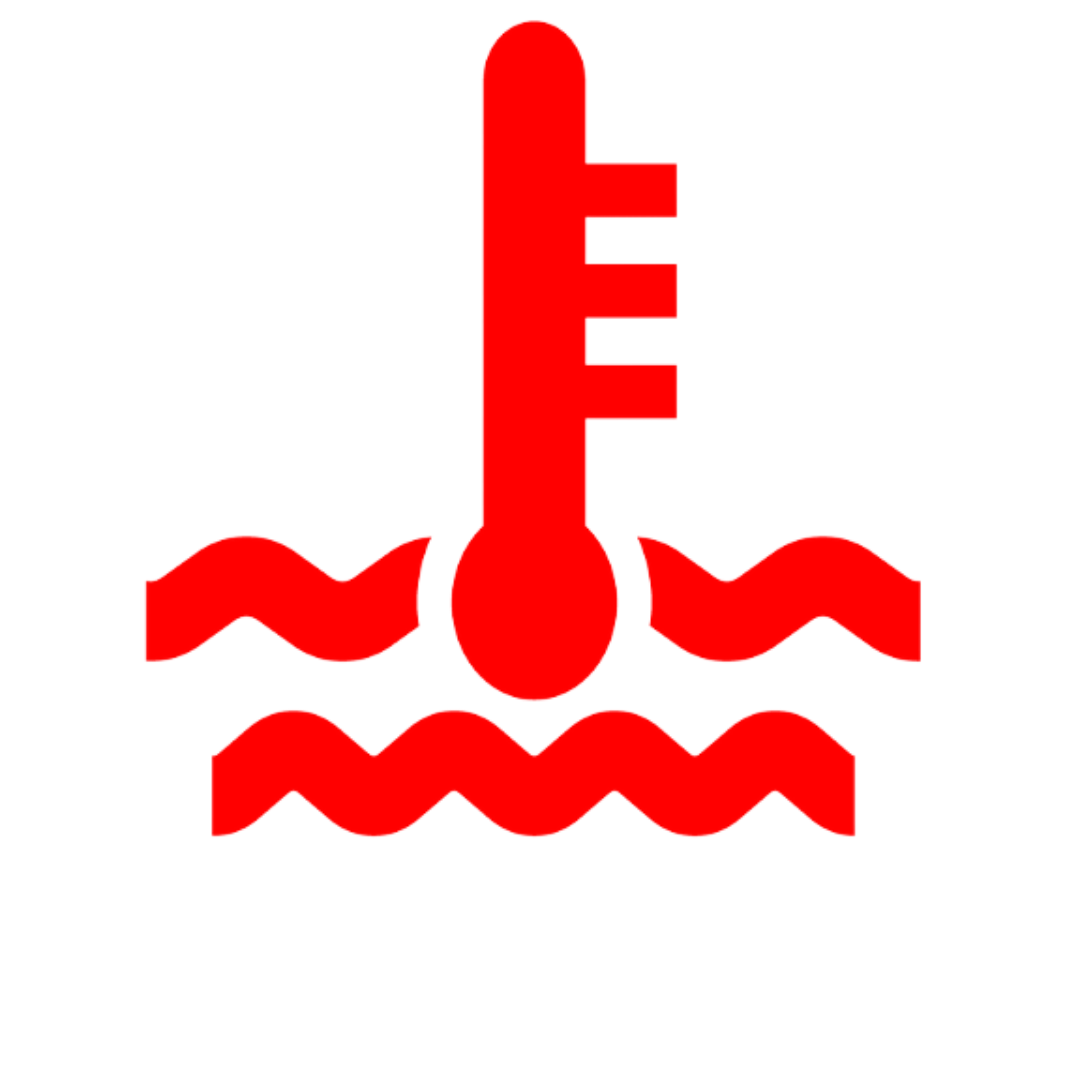
What It Means: Your engine is overheating, which can be caused by low coolant levels, a faulty radiator, or a failing water pump.
What to Do: Pull over, turn off the engine, and let it cool down before opening the hood. Check the coolant level, but never open the radiator cap while the engine is hot. If the coolant is low, refill it, but if the problem persists, have the cooling system checked.
6. Tire Pressure Warning Light
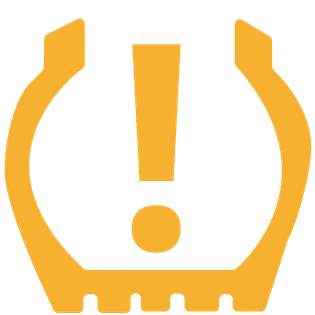
What It Means: At least one of your tires has low air pressure, which can affect handling, fuel efficiency, and tire lifespan.
What to Do: Check the air pressure in all tires and inflate them to the recommended level found in your owner’s manual or inside the driver’s door. If the light stays on, inspect the tires for punctures or leaks.
7. ABS Warning Light
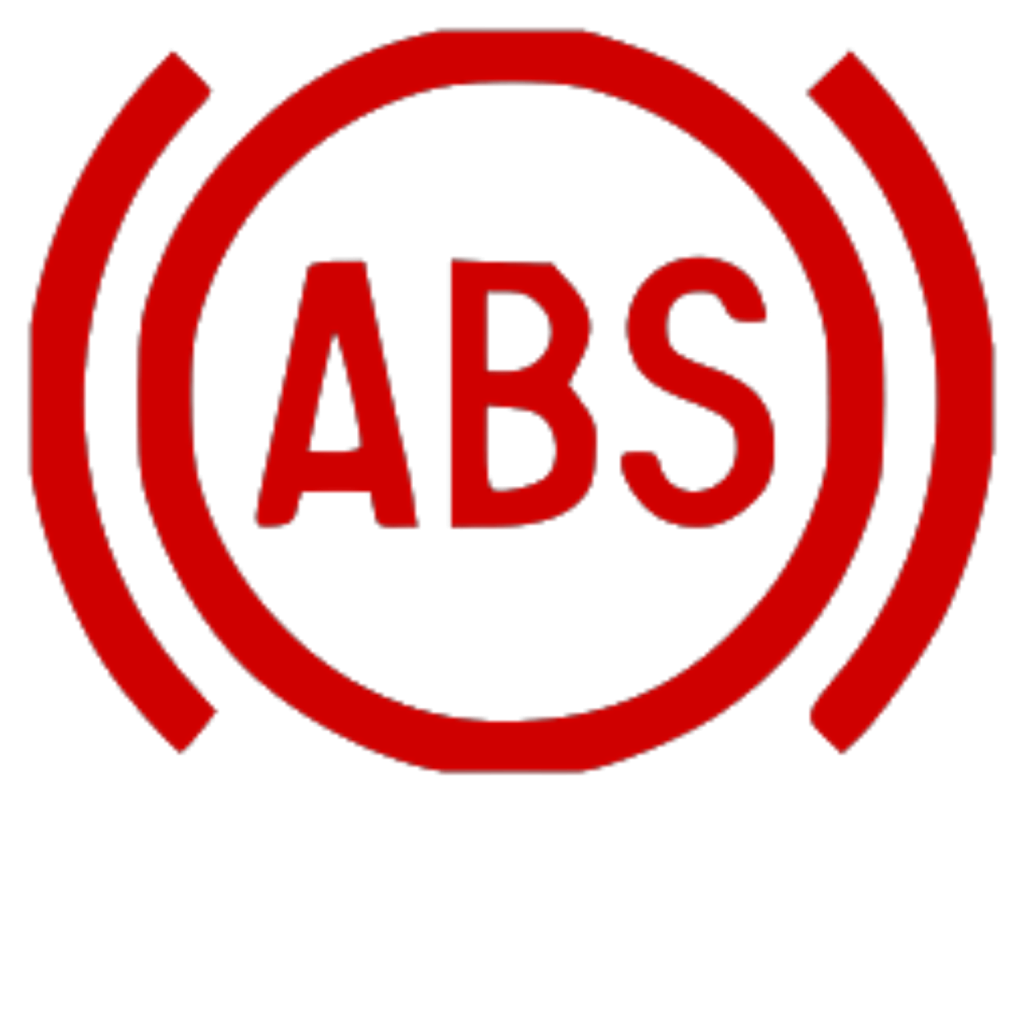
What It Means: There’s an issue with the Anti-lock Braking System, which helps prevent skidding during sudden stops.
What to Do: Standard brakes will still function, but ABS may not work properly. Have it checked soon, especially if you drive in wet or slippery conditions.
8. Airbag Warning Light

What It Means: There’s a problem with the airbag system, which may prevent it from deploying in an accident.
What to Do: Have a professional diagnose the issue as soon as possible to ensure the airbags are functional.
9. Fuel Warning Light
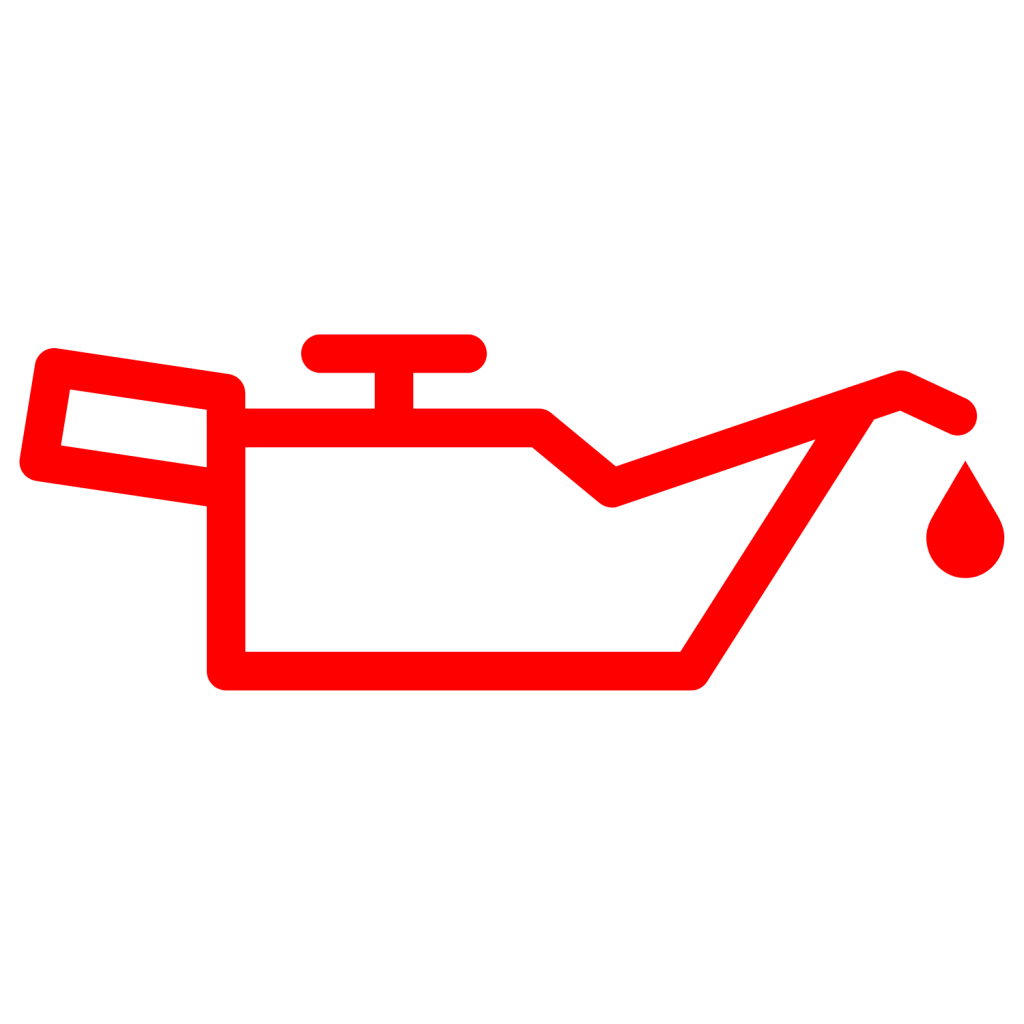
What It Means: Your fuel level is low.
What to Do: Refuel as soon as possible to avoid running out of gas, which can damage the fuel pump if it happens frequently.
10. Seat Belt Reminder Light
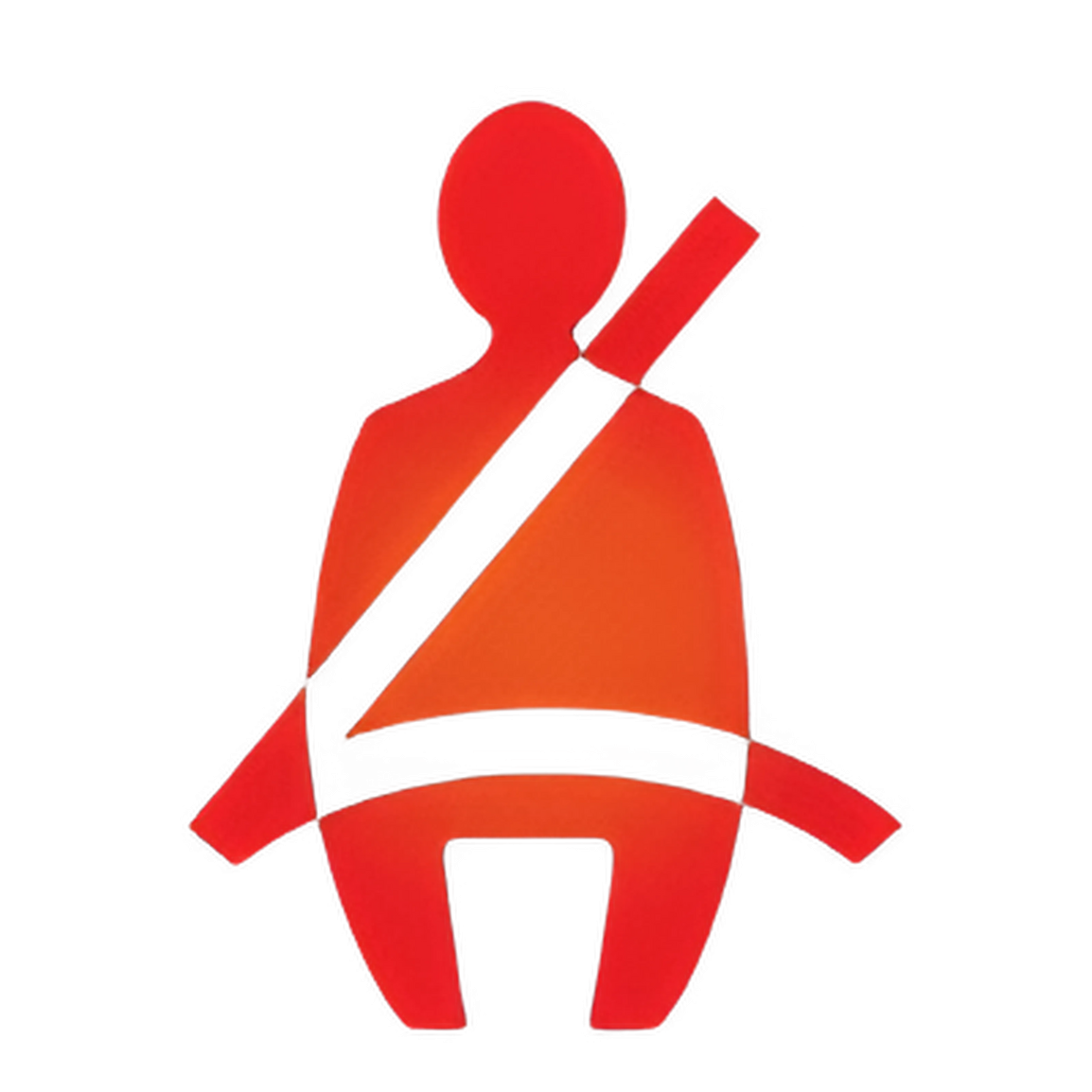
What It Means: Someone in the vehicle hasn’t fastened their seat belt.
What to Do: Buckle up before driving and ensure all passengers do the same.
Understanding these dashboard warnings can help you take quick action and avoid costly repairs or dangerous situations. While some issues can be resolved easily, others require professional attention. Staying proactive with regular maintenance and addressing warning lights promptly will keep your car running safely and efficiently.
Want to learn more about safe driving and proper car maintenance? Enroll in our Online Theoretical Driving Course (OTDC) today and gain the knowledge you need to become a responsible and confident driver!

